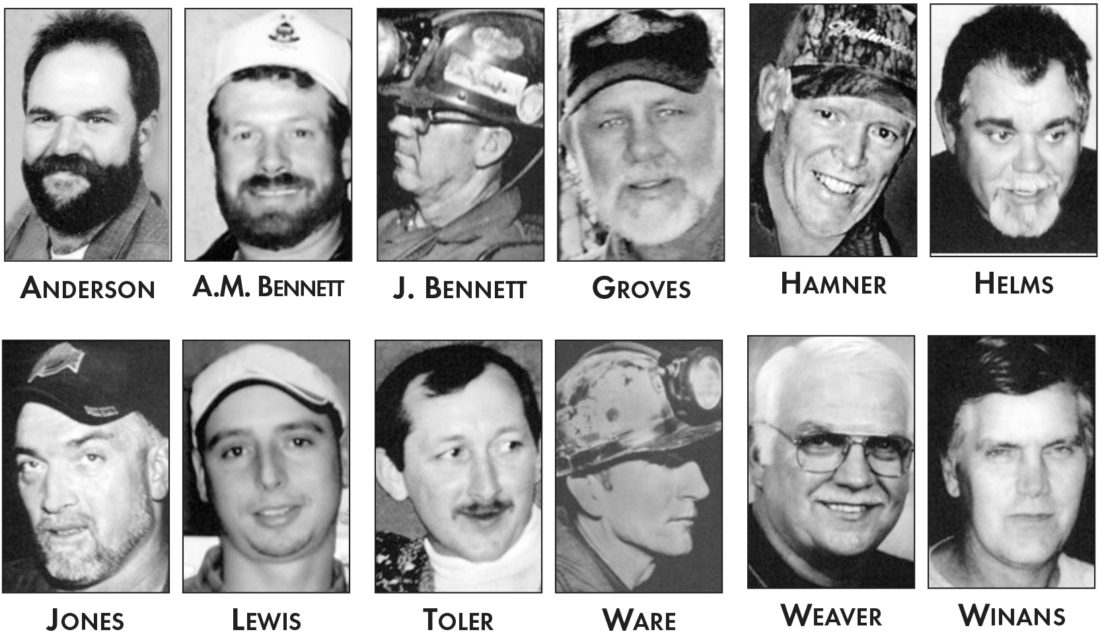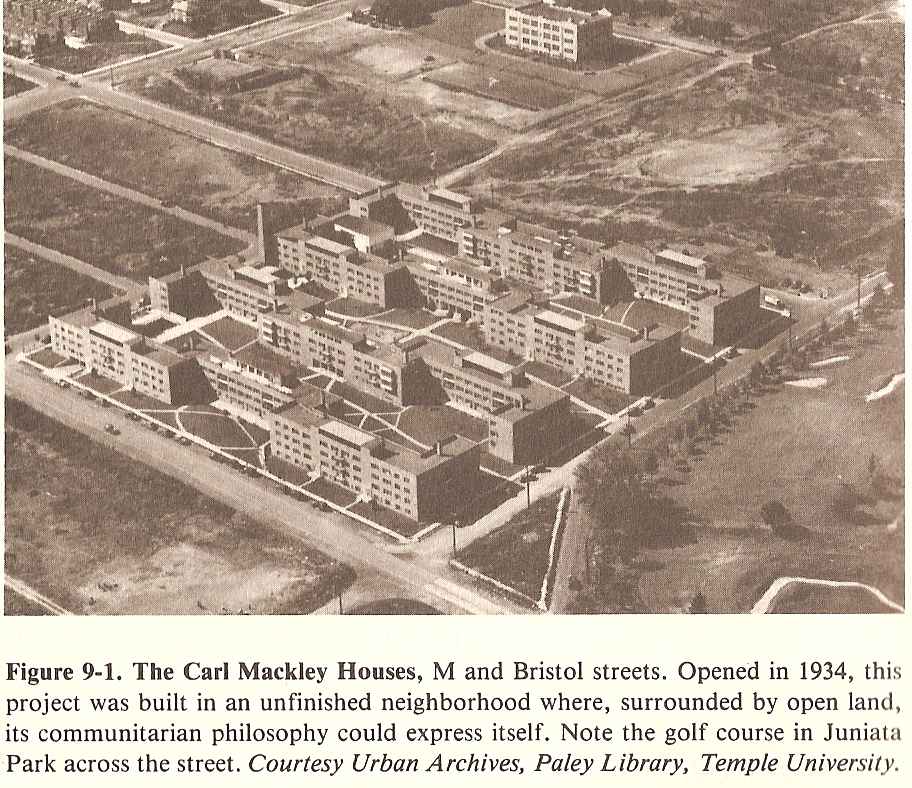
This Day in Labor History: A coal mine owned by Wilbur Ross near Sago, West Virginia exploded. 13 miners were trapped inside and only one of those survived the two days it took to get the miners out. Let's talk about this horror! 

By the early 2000s, the coal industry was very different from its heyday. There were far fewer mines and far fewer miners.
Mountaintop removal had replaced earlier forms of strip mining which had itself largely replaced underground mining. Instead of the small operators of the past, increasingly fewer conglomerates controlled the nation’s coal mines.
But this process was not uniform. There were still underground mines, even as they were owned by the conglomerates as well. The Sago mine was one of these.
Ultimately, the owner of this, if you took the corporate structure up to the top, was Wilbur Ross, who had formed International Coal Group in 2004 to consolidate the coal assets he had bought in various places.
Ross was among the worst of the Trump appointees, trying to undermine the U.S. Census among other things, so it’s fitting that he shows up in this disaster.
Of course Ross and his underlings had no interest in workplace safety or anything else that might slightly dampen shareholder value. When he bought the mines, he would not take any union operations.
This allowed the company to basically bust the United Mine Workers of America in these mines through bankruptcy before Ross purchased them. Bennett Hatfield was the actual CEO of the particular company; he would have a long career in the coal mines before being murdered in 2015.
Not surprisingly when a scumbag like Ross purchased the mines, safety standards collapsed. One of the key things the UMWA did was make the mines safer. Without the union, safety became a non-concern for the company.
In 2004, there were 68 safety violations from the Mine Safety and Health Administration at Sago. In 2005, there were 208 MSHA-cited violations, of which 96 were considered significant or serious. Do you think Ross really cared? No.
Some of the safety violations were taken care of, many were not. One of the biggest problems, and always a huge risk in the coal mines, was making sure the roof of the mine was stable. But Sago had serious roof cave-in problems.
About 6:30 AM on January 2, 2006, a thunderstorm came through that part of West Virginia.
Those who claimed that mine safety was not the reason for the deaths that were about to occur attempted to blame the storm, saying lightning ignited methane and there’s nothing Ross or his underlings could have done. Well, maybe.
The fact is that we are never going to really know why the mine exploded. What we do know is that Ross and company’s indifference to worker safety created unsafe conditions that made workers vulnerable to some external event putting their lives in danger.
We also know that some of the safety violations were about ventilation issues, always a huge danger when underground in a coal mine.
Other theories for the disaster included sparks from restarting machinery shut down for the holidays, the use of foam instead of concrete seals, or the proximity of nearby natural gas drilling operations.
The explosion was fairly deep in the mine. Thirteen miners were caught behind it. Immediately, other miners attempted to free them.
But as they hit 9,000 feet into the mine, the carbon monoxide levels rose precipitously, creating fears of both the rescuers dying and another explosion. They had to retreat. The company didn’t even call a rescue operation for an hour and a half, losing precious time.
It took about a day and a half to reach the miners. By this time, 12 of the 13 were dead.
The one survivor, a 26 year old miner named Randal McCloy, was in a coma for the next three weeks, suffering everything from carbon monoxide poisoning and a collapsed lung to a failing liver and edema.
He did eventually mostly recover, but still suffered some long-term weakness and hearing problems. He did however remember what happened and the aftermath. He later stated:
“Some drifted off into what appeared to be a deep sleep, and one person sitting near me collapsed and fell off his bucket, not moving. It was clear that there was nothing I could do to help him.....
...The last person I remember speaking to was Jackie Weaver, who reassured me that if it were our time to go, then God’s will would be fulfilled. As my trapped co-workers lost consciousness one by one, the room grew still and I continued to sit and wait, unable to do much else..
.... I have no idea how much time went by before I also passed out from the gas and smoke, awaiting rescue.”
All of the state’s big politicians came out for the funeral: Joe Manchin, Robert Byrd, Shelly Moore Capito, Jay Rockefeller. But the investigation into what happened was pretty weak. The actual cause was never discovered.
A mere two months later, still without knowledge as to why the explosion happened, the mine reopened. Any further investigations after that point effectively ended. The whole process of investigation was botched from the beginning. The Bush administration basically didn’t care.
Secretary of Labor Elaine Chao, wife of Mitch McConnell, was fully dedicated to making sure that companies did not have to acquiesce to a voice for labor. The company protested when the UMWA fought to have a role in the safety investigation.
A judge finally let the union in on the proceedings. It turned out that the MSHA was ignoring FOIA requirements and no one had been able to get information from the agency in a year.
Chao had already excluded mine safety inspectors notes from any FOIA request. That was eventually reversed after the tragedy, but nothing about that brought back 12 dead men.
In the aftermath of all this, the MSHA engaged in some minor rule changes to supposedly help miners escape after a disaster.
But as the Upper Big Branch disaster would show in 2010, working underground in companies owned by people utterly indifferent to human life would be murderous for workers.
On a national scale, one would hope that such indifference at the political level from a Republican presidency would lead to workers turning their backs on Republicans entirely and instead voting in people who would care about whether workers live or die.
Alas, Upshur County, where Sago is located, voted 76-22 for Donald Trump in 2020, even after Wilbur Ross and Elaine Chao helped another administration create an atmosphere of utter indifference for worker rights.
Back tomorrow to discuss the 1931 farmworkers movement in Arkansas to demand poverty relief.
• • •
Missing some Tweet in this thread? You can try to
force a refresh






